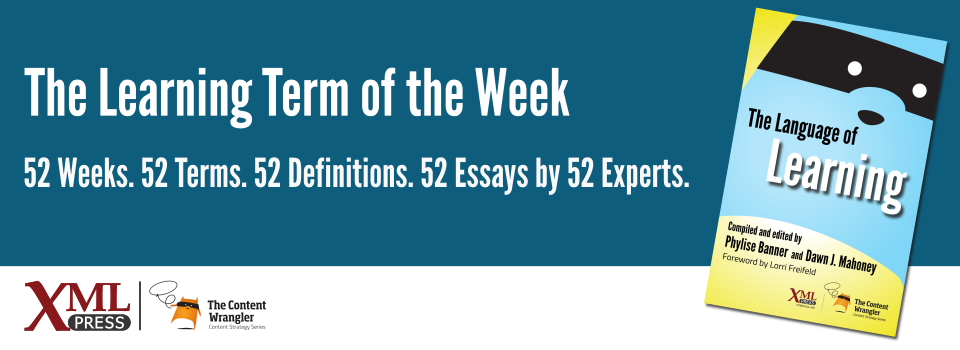What is it?
The methodology by which we validate the results of a given learning strategy.
Why is it important?
There’s no greater challenge for those that have the great responsibility and privilege to support organizational performance than to show the effectiveness of their efforts. More often than not, learning and development (L&D) teams are very efficient at developing solutions but not so much at evaluating them. Evaluation is critical to demonstrating whether your learning efforts are worth their cost.
Why does a business professional need to know this?
Business professionals need to justify educational programs. In addition to measuring learner performance, evaluations can form an important tool for making a business case for your learning programs.
You can use evaluations in two roles. Formative evaluations (is it working?) take place while content is being designed or delivered. They can take many forms, including surveys and tests. They determine whether things are going well. Summative evaluations are an after-action report on the learning content (did it work?).
In 1959, Donald Kirkpatrick created the four levels of training evaluation, with the aim of guiding the evaluation of educational courses (Kirkpatrick & Kirkpatrick, 2006, p.21). The four levels are Reaction, Learning, Behavior, and Results. Here is a summary of the levels:
- Level One, Reaction: The learner’s reaction to the experience. Kirkpatrick called this a measure of customer satisfaction.
- Level Two, Learning: Change in attitude, knowledge, or skill.
- Level Three, Behavior: Observable changes in learner behavior. For example, people are trained to use a new piece of machinery; supervisor attests to proficiency on the job.
- Level Four, Results: Achievement of the initial objectives. For example, did sales increase? Were accidents reduced? Has employee turnover changed for the better?
Evaluation results are only as good as the objectives they refer to. Without a proper analysis of needs, most efforts will suffer from GIGO (Garbage-In, Garbage-Out) problems. Regardless of the model and scope of the evaluation, it is good to use both formative and summative approaches.
References
- (Kirkpatrick & Kirkpatrick, 2006) Evaluating Training Programs: The Four Levels: Kirkpatrick, Donald L., and James D. Kirkpatrick. (2006). Berrett-Koehler Publishers. ISBN: 978-1576753484.
- (Kirkpatrick) The Kirkpatrick Model: Kirkpatrick Partners. High-level description of the four levels of evaluation.

